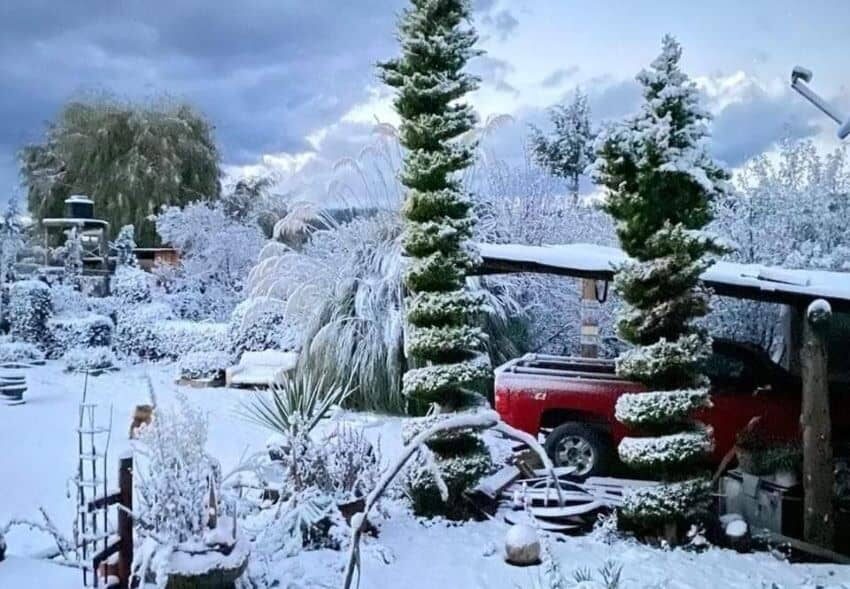OF THE
TIMES
Netty looks dead already. He looks like he has lost lots of weight. Maybe, like Hitler, his time and his health is running out. Maybe there is a...
"Federal immigration authorities continue to deal with an unprecedented crisis at the southern border." Is it a crisis when it has been planned...
The UK gov't should know that no data is ever safe if stored electronically. The data has to be accessed some how, some way, for some reason, and...
I think China still make them. Oh wait...er... Getting the nato poodles to blow up their only gas supply and then sell them expensive US gas is a...
The only cult, that’s isn’t covered by international restrictions or the IAEA is you guess it, Israel! Why? Again simple, the American UN veto!...
To submit an article for publication, see our Submission Guidelines
Reader comments do not necessarily reflect the views of the volunteers, editors, and directors of SOTT.net or the Quantum Future Group.
Some icons on this site were created by: Afterglow, Aha-Soft, AntialiasFactory, artdesigner.lv, Artura, DailyOverview, Everaldo, GraphicsFuel, IconFactory, Iconka, IconShock, Icons-Land, i-love-icons, KDE-look.org, Klukeart, mugenb16, Map Icons Collection, PetshopBoxStudio, VisualPharm, wbeiruti, WebIconset
Powered by PikaJS 🐁 and In·Site
Original content © 2002-2024 by Sott.net/Signs of the Times. See: FAIR USE NOTICE

Reader Comments
to our Newsletter